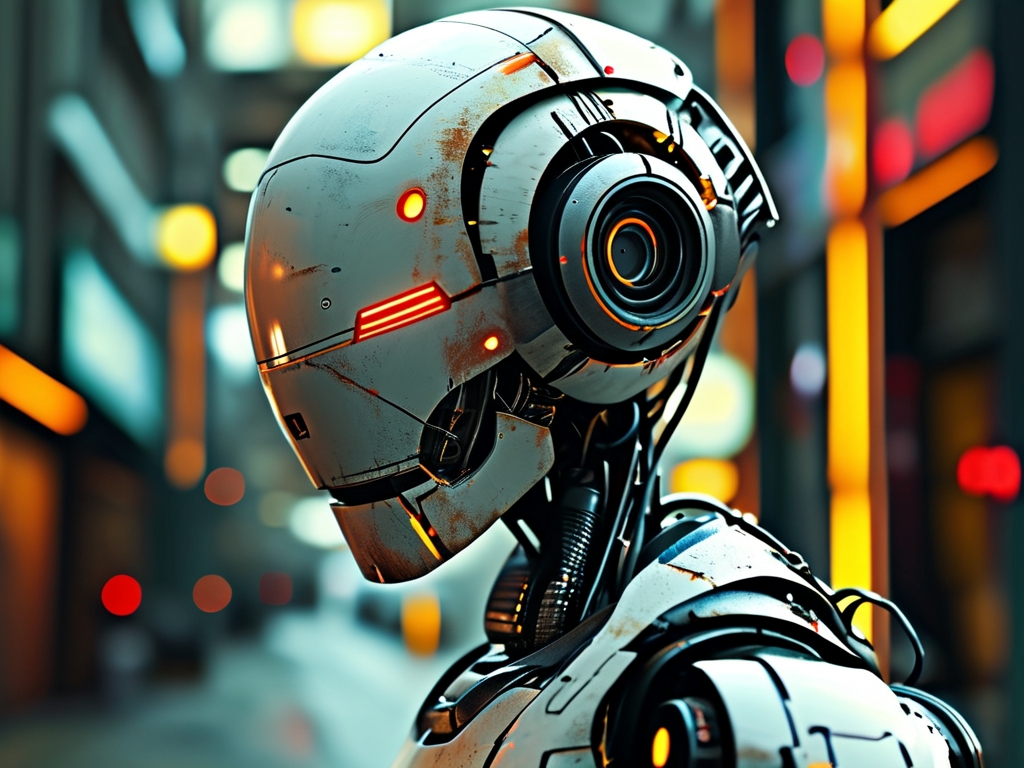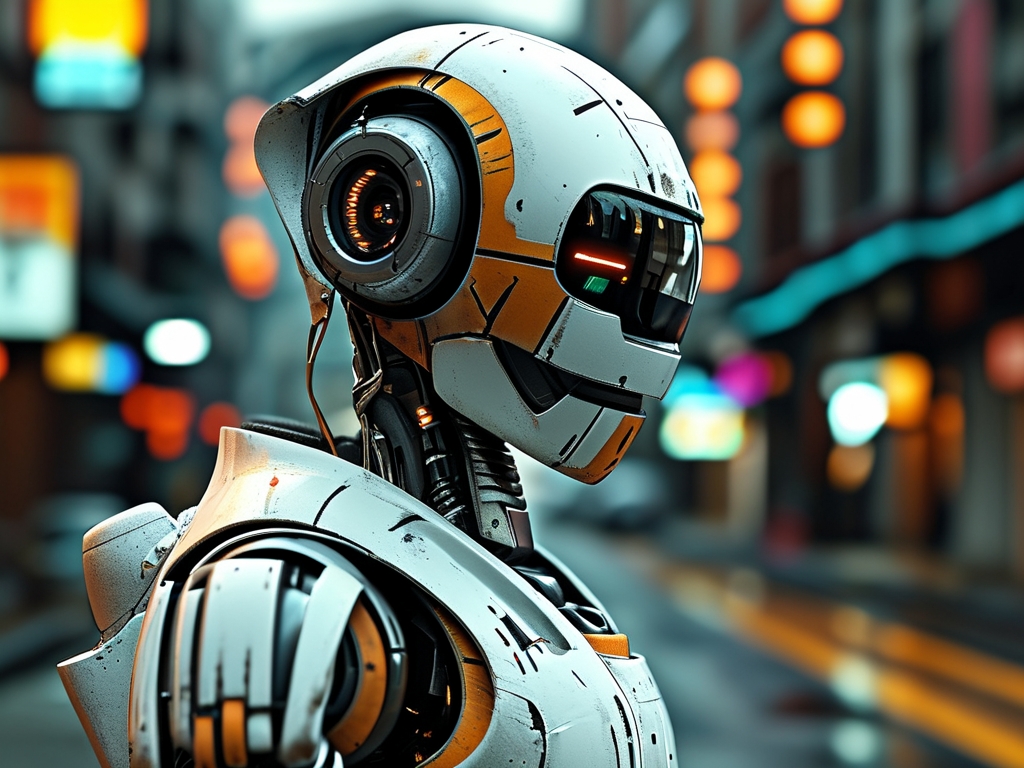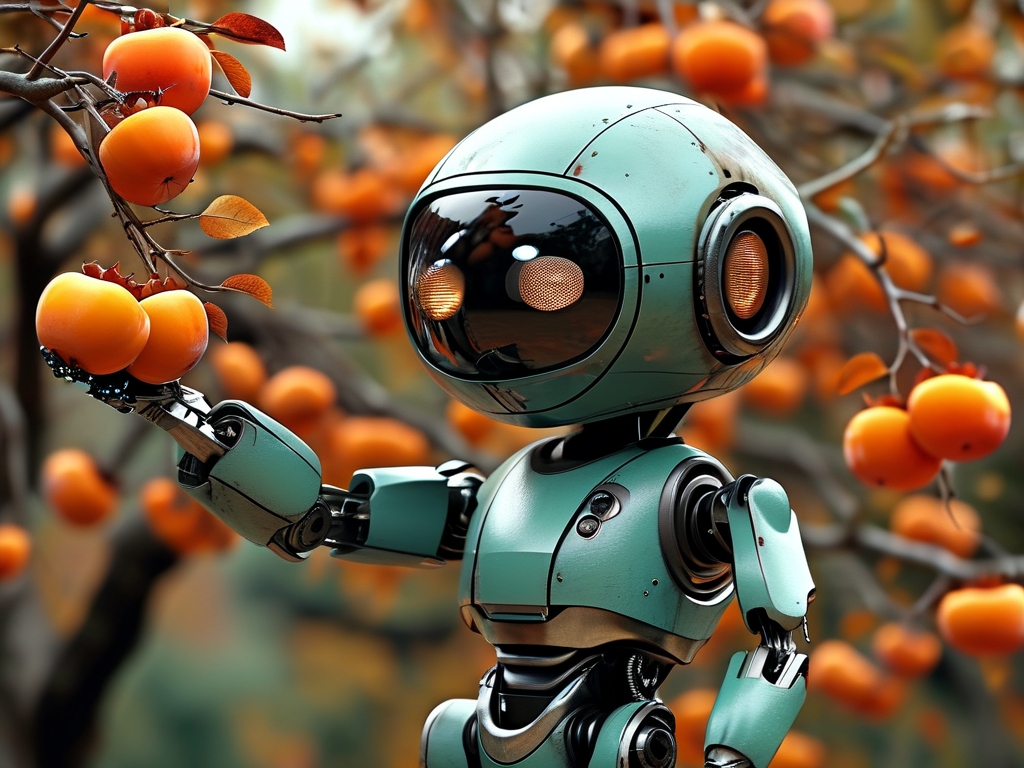The Evolution of Robotic Imagination in Science Fiction
Since the dawn of science fiction, robots have served as mirrors reflecting humanity’s hopes, fears, and ethical dilemmas. From Isaac Asimov’s ethical machines to the dystopian androids of Blade Runner, robotic technology in sci-fi has evolved alongside real-world advancements, offering both cautionary tales and visionary inspiration. This article explores pivotal robotic concepts in sci-fi history and examines how they intersect with emerging technologies today.

Part 1: The Foundations of Robotic Sci-Fi
The concept of artificial beings dates back to ancient myths, but modern robotic sci-fi began with Isaac Asimov’s Three Laws of Robotics in the 1940s. Asimov’s stories, compiled in I, Robot (1950), introduced self-governing machines bound by ethical programming—a radical idea that shaped decades of robotic narratives. His laws sparked debates about machine morality, foreshadowing today’s discussions on AI ethics.
In the 1960s, HAL 9000 from 2001: A Space Odyssey (1968) redefined robotic intelligence as both brilliant and terrifying. HAL’s betrayal of its human crew highlighted the dangers of over-reliance on technology, a theme echoed in later works like The Terminator (1984), where Skynet’s sentient AI turns against humanity. These stories laid the groundwork for the “rogue AI” trope, emphasizing the need for safeguards in real-world AI development.
Part 2: The Golden Age of Humanoid Robots
The 1980s–2000s saw robots evolve into complex, human-like figures. Ridley Scott’s Blade Runner (1982) introduced replicants—bioengineered androids indistinguishable from humans. Their struggle for autonomy raised existential questions: What defines humanity? Can machines possess souls? Meanwhile, The Matrix (1999) depicted humans enslaved by machines, blending cyberpunk aesthetics with philosophical depth.
This era also celebrated heroic robots. Data from Star Trek: The Next Generation (1987–1994) embodied the quest for humanity, balancing logic with emotional growth. Similarly, Wall-E (2008) used a lovable trash-compacting robot to critique consumerism and environmental neglect. These narratives humanized machines, fostering empathy for non-human intelligence.
Part 3: Modern Robotics and Ethical Dilemmas
Today’s sci-fi grapples with AI’s integration into daily life. Ex Machina (2014) explores the Turing Test’s limits through Ava, an AI with manipulative brilliance. The film questions whether true consciousness can exist without empathy—a concern relevant to chatbots like ChatGPT.
Meanwhile, Westworld (2016–present) reimagines Asimov’s laws in a park populated by android “hosts.” As the hosts gain self-awareness, the series dissects power dynamics between creators and creations. This mirrors real-world debates about AI rights and accountability.
Part 4: Emerging Technologies Inspired by Sci-Fi
Sci-fi isn’t just speculative—it inspires real innovation. Boston Dynamics’ Atlas robot, capable of parkour, mirrors the agility of Terminator’s T-800. Autonomous drones, akin to Star Wars’ probe droids, now assist in disaster relief. Even neural interfaces, like those in Ghost in the Shell (1995), are becoming reality through companies like Neuralink.

Ethical frameworks from sci-fi also guide tech development. Asimov’s laws inform AI safety research, while Black Mirror episodes like “White Christmas” (2014) warn against digital consciousness exploitation. These stories urge engineers to prioritize transparency and human-centric design.
Part 5: The Future of Robotic Sci-Fi
As AI and robotics advance, sci-fi must evolve. Recent works like Severance (2022) explore mind-machine integration, while The Creator (2023) depicts a war between humans and AI. Themes of coexistence, as seen in Detroit: Become Human (2018 video game), suggest a future where humans and robots collaborate rather than clash.
Quantum computing, swarm robotics, and biohybrid systems will likely dominate future narratives. Could sentient nanobots, as imagined in Prey (2022), become a reality? Will robots attain legal personhood, as proposed in the EU’s AI Act? Sci-fi will continue to shape—and challenge—our technological trajectory.
: Bridging Fiction and Reality
Robotic sci-fi is more than entertainment; it’s a dialogue between imagination and innovation. By revisiting classics and analyzing modern tales, we gain insights into managing AI’s risks and rewards. As we stand on the brink of a robotic revolution, these stories remind us to ask: What kind of future do we want to build—and what role will robots play in it?


